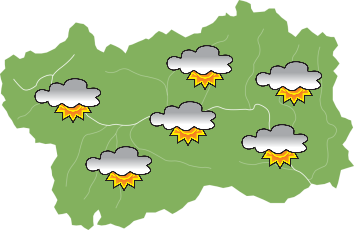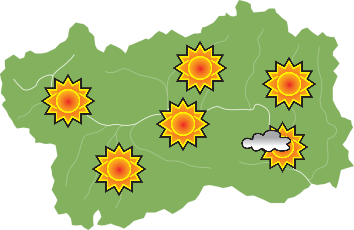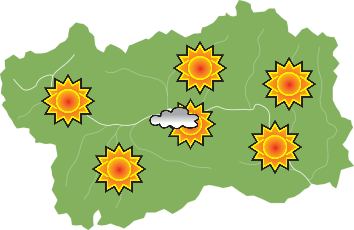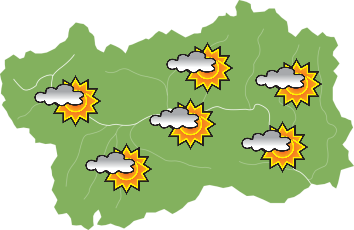Gamba Castle
Resort: Châtillon
- October to March:
Tue-Sun from 10 a.m. to 5 p.m. - April to September:
Tue-Sun from 9 a.m. to 7 p.m.
open on Mondays in July and August
Closed on Mondays except in July, August and public holidays
Closed on December 25th and January 1st.
Info onsite for guided tours, educational workshops and other cultural activities organized in the site.
Opening times are subject to variations: we advice to verify them by contacting the phone number reported in the “Contact” area.
Full price ticket: € 6.00
Reduced entrance-fee: € 4.00 (groups of at least 25 paying visitors, specific deals)
Reduced 19 - 25 years: € 3.00
Free:
- children and teenagers under 18 years
- visitors with disabilities and their companions
- teachers and other persons accompanying school groups, 1 person per 10 students.
Activities and accompanied visits for adults € 8.00 for the first, € 5.00 for the following ones (entry ticket included)
Accompanied tour for adults (reduction for groups) € 6.00
Didactic activities for families - adult accompanying child € 5.00 (including entry ticket)
Didactic activities for chidren (3 to 18 years old) € 3.00 (entry ticket included)
Passes for the visit of several sites are on sell directly at the castle’s ticket office.
Free entry to the park.
- on line reservation and purchase of the tickets are strongly advised on MiDA
- backpacks and bulky bags are not allowed
Free visit.
Accessibility: for the physically disabled, the secondary access is recommended, from which you are then accompanied to the main entrance. The visit is accessible by lift. Presence of toilets for the disabled.
Photos and videos: it is possible to take pictures and videos, for private use and not for gain, with any device without flash and support. Shooting with selfie stick is forbidden. Using shots and films for advertising, press or commercial purposes is allowed only upon authorization.
Pets: small animals are admitted inside the monument only if held in one’s arms or transported in a pet carrier.
Park: free access all year long.
Contact
The castle
Built at the beginning of the 1900s following the plans of the engineer Carlo Saroldi, it was commissioned by Charles Maurice Gamba, husband of Angélique d‘Entrèves, daughter of Count Christin d‘Entrèves. Since 1982 it has become property of the Aosta Valley Autonomous Region.
The contemporary and modern art collection
After a complex restoration work, today the castle houses an exhibition route distributed through 13 rooms, with over 150 works of art such as paintings, sculptures, installations, drawings and photographs belonging to a regional collection dating back from the end of the nineteenth century to the present day.
Beside the works of the maestros of the 20th century, including the sculptures of Martini, Mastroianni, Manzù, Arnaldo and Giò Pomodoro, and paintings by Casorati, De Pisis, Carrà and Guttuso, the collection documents Italian figurative art production from the second half of the century up to contemporary research exponents, such as Schifano, Baruchello, Rama and Mainolfi.
A vast and varied selection of works testifies to the movements that have animated the Italian art scene over the past 25 years: for example, the exhibition hosts representations of informal art, geometric abstraction, transavantgarde and pop art. Particular importance is given to the Aosta Valley region through the activity of local artists, or those active in the Valley, on regional commission.
For visitors seeking both learning and distraction, the exhibition offers a series of services designed to bring different categories of visitors (families, adults, schools, children, young people) closer to modern and contemporary art through workshop activities, guided tours and events.
The park
The castle is surrounded by an english park, which stretches over a total area of 54.000 square metres, and which hosts about 150 trees of different species. Inside there are three monumental trees: the geant Sequoia from California, the Bald cypress and the Honey Locust.
How to get here
From Aosta by public transport:
Bus 110 – Aosta – Pont-Saint-Martin, running every day, bus stop ‘Châtillon – Chameran Bivio’. Timetable available on aosta.arriva.it. Continue on foot for about 10 minutes towards the castle.
Bus tickets can be bought at the authorised ticket offices or directly on the bus without any additional fee. Cash or card payments are accepted on the bus.










